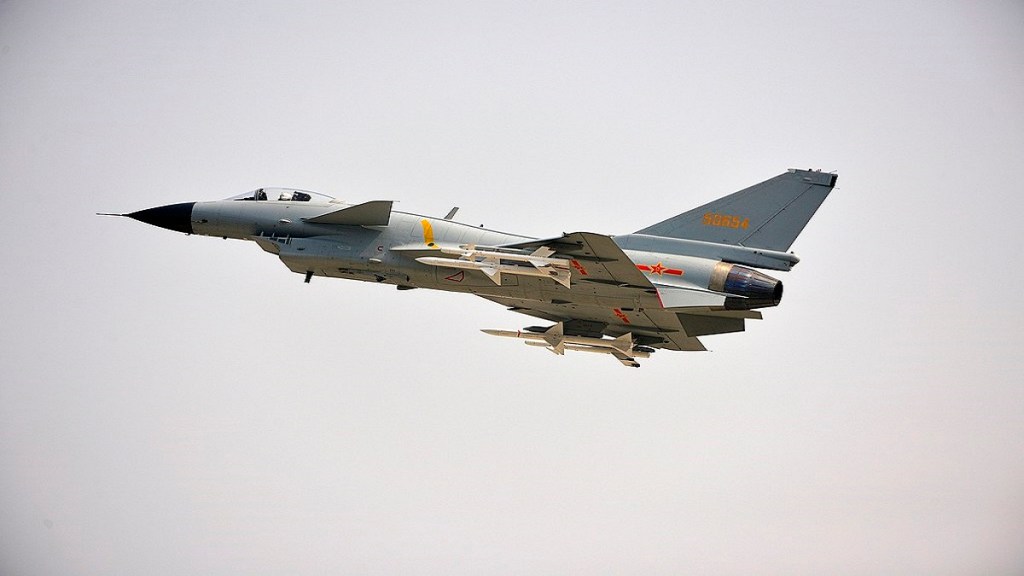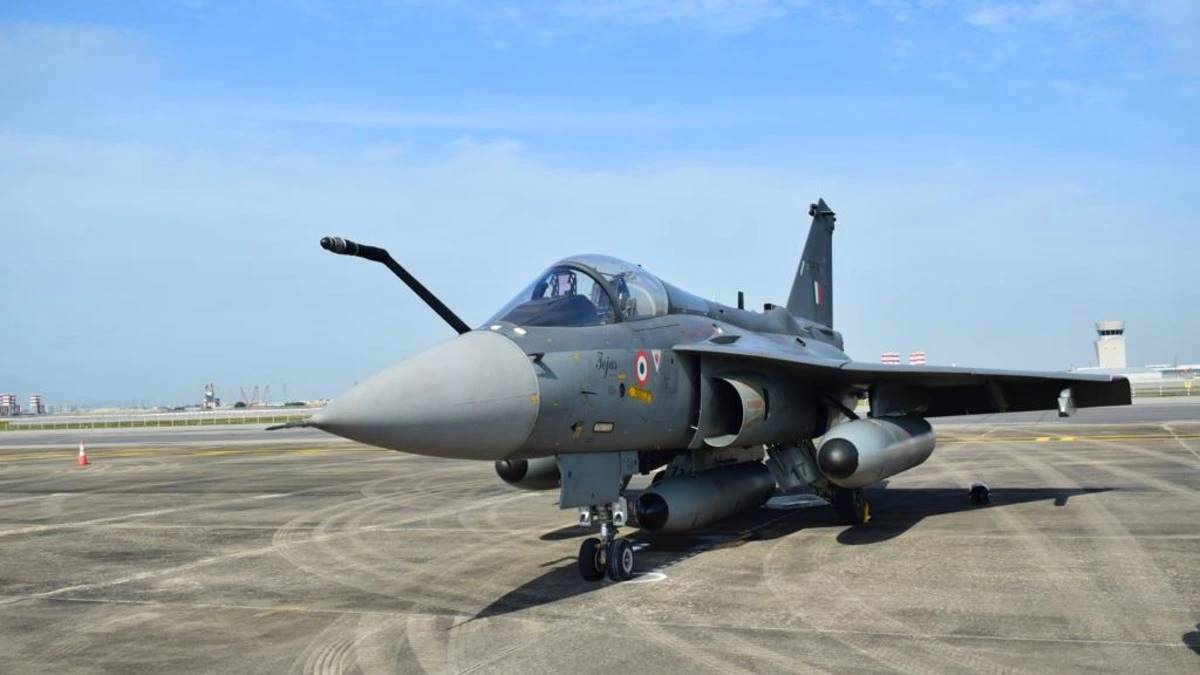India’s TEJAS MK1A is a light category of aircraft and an upgraded variant of Tejas Mk1 with over 40 modifications.
Pakistan acquired 25 J-10 fighters against India’s newly acquired multi-role fighter Rafale.
Since both the fighters are in the light category—light combat aircraft (LCA)—the comparison focuses on the multi-dimensional capabilities as they are pitched against each other in the conflict scenarios.
-

The HAL LCA Tejas Mk 1A, which was inducted into the Indian Air Force (IAF) in 2021, has been in the news for its advanced features and capabilities. (Representational image)
China’s J-10C is a small single-engine multi-role fighter capable of operating in a multitude of weather conditions. The J-10C was launched to carry out strike and air-to-air combat operations for the People’s Liberation Air Force (PLAAF).
LCA Tejas incorporates a fly-by-wire flight control system, multi-mode radar and integrated digital avionics systems and a flat-rated engine.
In terms of structural dimensions, J-10C is 51 feet seven inches long, while the LCA Tejas Mk1A is 43 feet four inches long.
The LCA Tejas Mk1A is based on a delta wing configuration. The J-10C’s wing area is 360 square feet, while the LCA Tejas Mk 1A has a wing span of 413 square feet.
The J-10C has a Maximum Takeoff Weight (MTOW) of 19,277 kg, whereas the LCA Tejas Mk1A’s MTOW is 13,500 kg.
The Chinese J-10 is powered by a WS-10 engine, which can produce 140 kilonewtons of thrust. While the jet engine—WS-10—is developed indigenously by a Chinese aerospace entity, it lacked the required thrust and ran into severe problems which delayed the project. However, China overcame the problem, which initially relied on Soviet-made Saturn-Lyulka AL-31 engines for J 10c.
The LCA Tejas Mk1A is propelled by a single General Electric F404 which is capable of producing 85 kN thrust with an afterburner. The J-10 can cruise at top speeds of 2305 kilometres per hour (Mach 2.1), and the LCA Tejas Mk1A can fly at top speeds of 2220 km/hr.
What is most significant is the tracking capability of Tejas which is loaded with advanced AESA radar with over 900+ TR modules. It can detect J 10 C 100 KM away. Tejas is also equipped with Astra Mk1, I Derby and Astra Mk2.
While China has marked its PL-1 missile with 145 KM of range, almost similar to Astra Mk2. In addition to that both the planes will be carrying almost similar ranges and types of missiles.
Overall, Tejas, as it was designed and upgraded as a highly agile, combat jet with contemporary radar and missiles can dominate in its supportive combat role. While The Chinese J-10 which was initially designed on older frames and structures with the low-thrust engine, finally came up in its new version with much improved capabilities.


